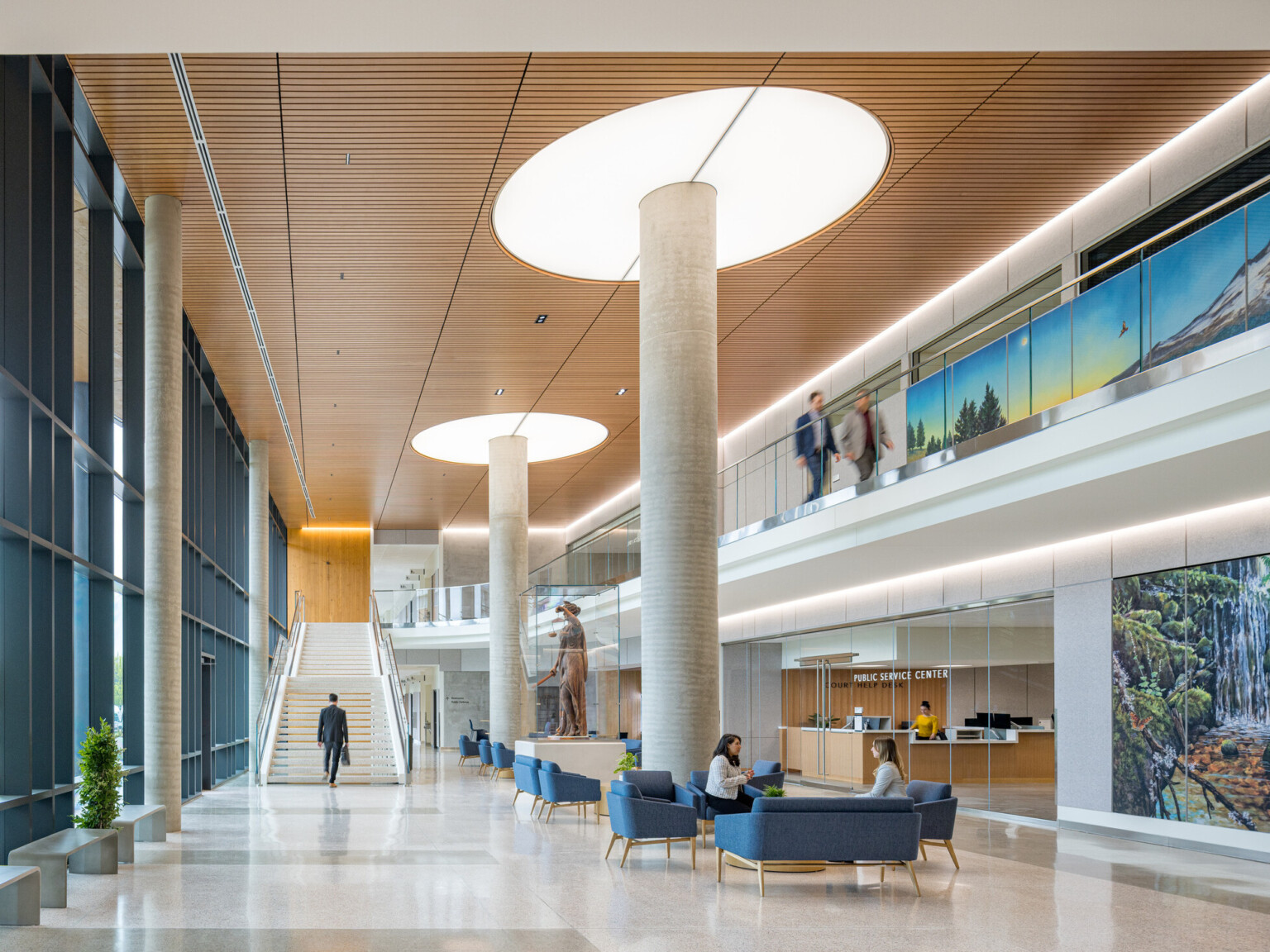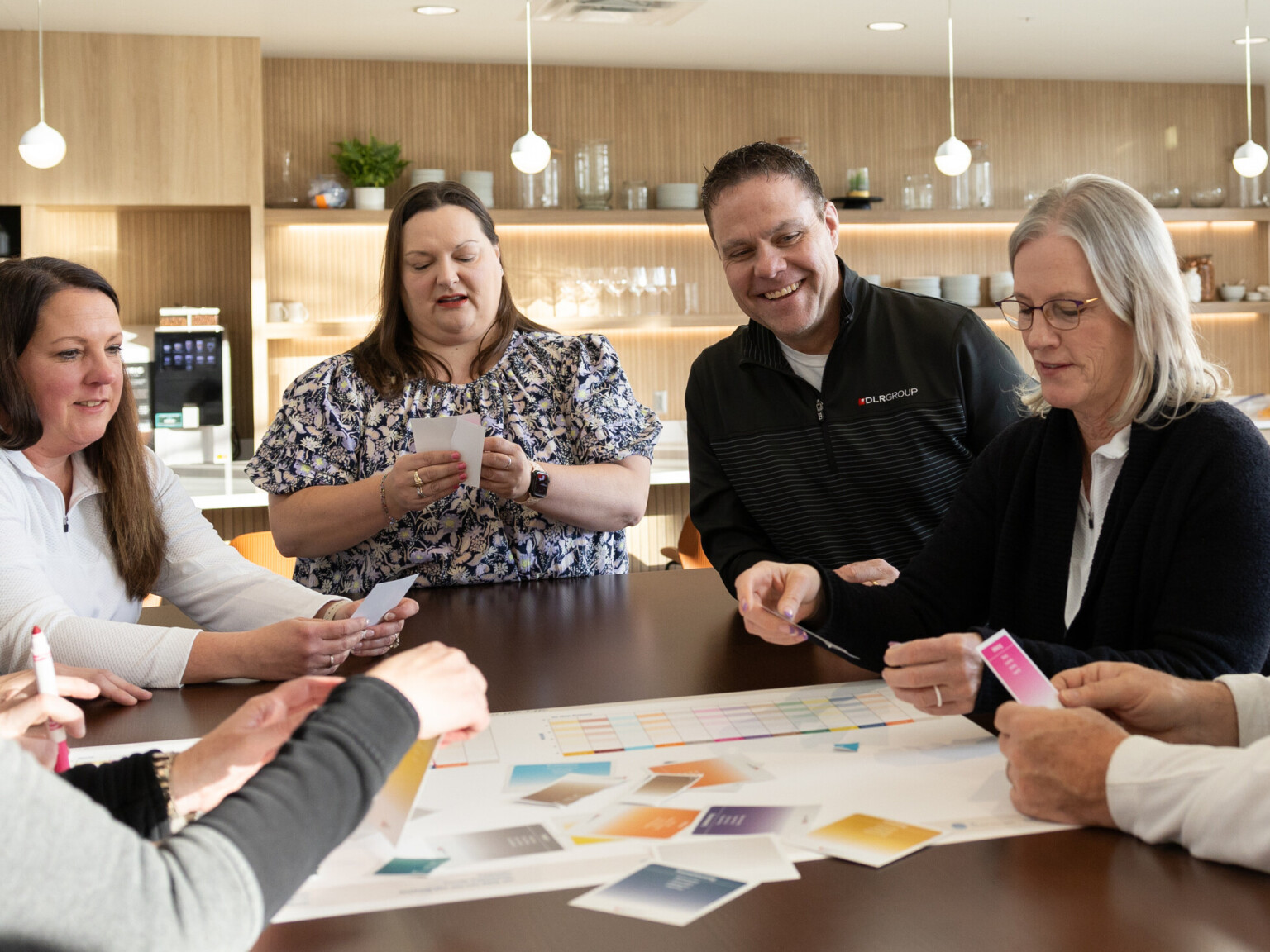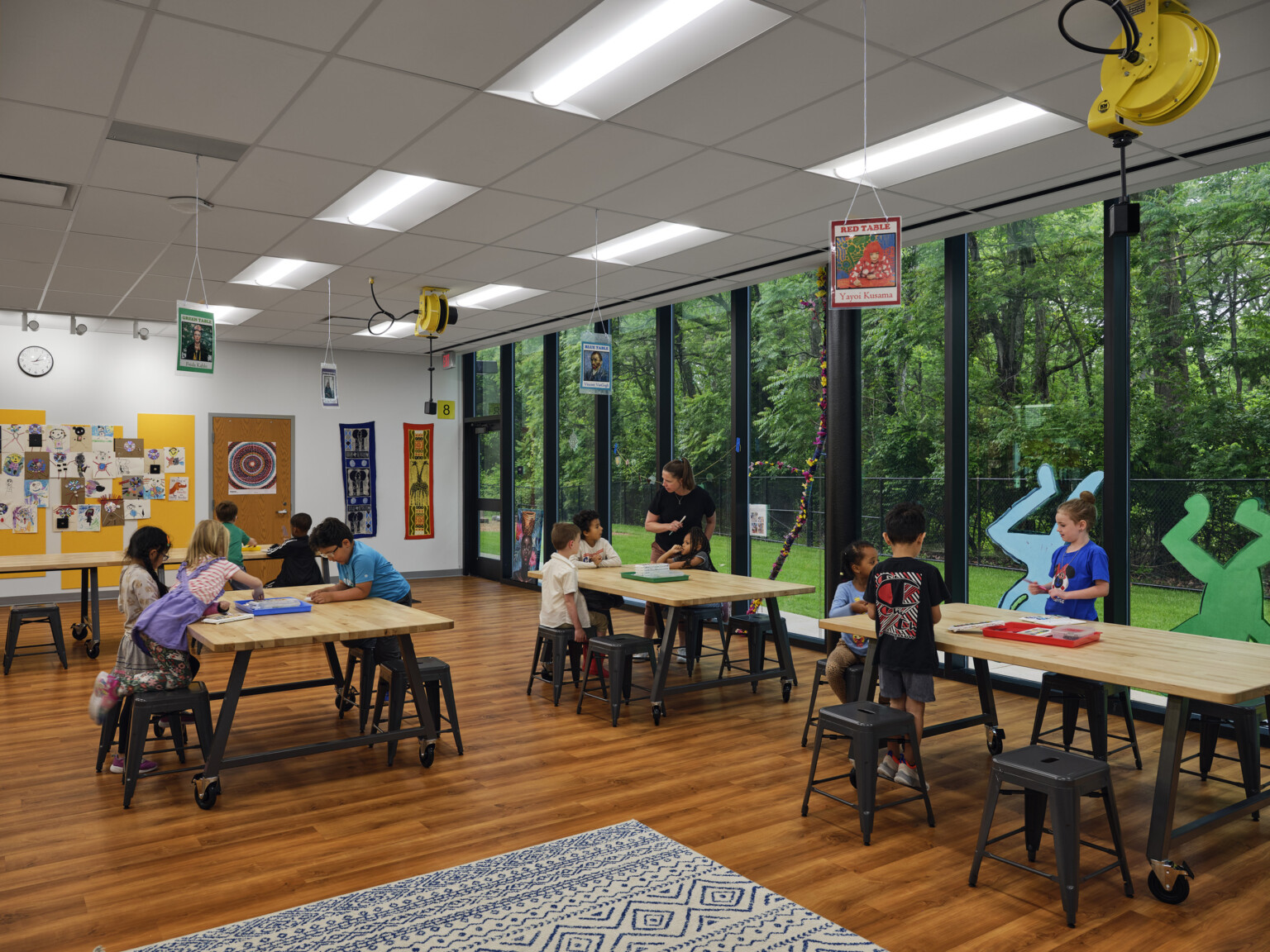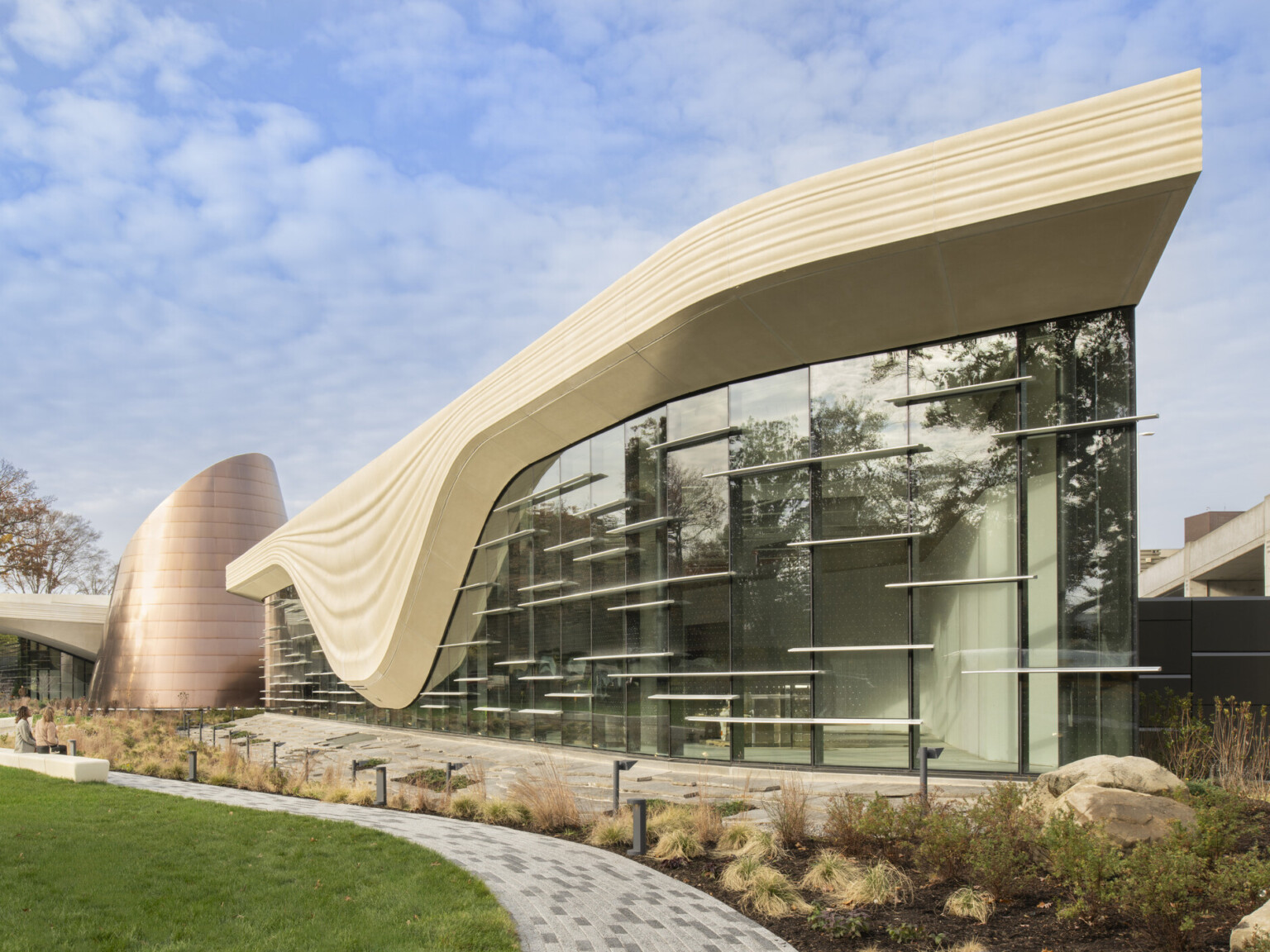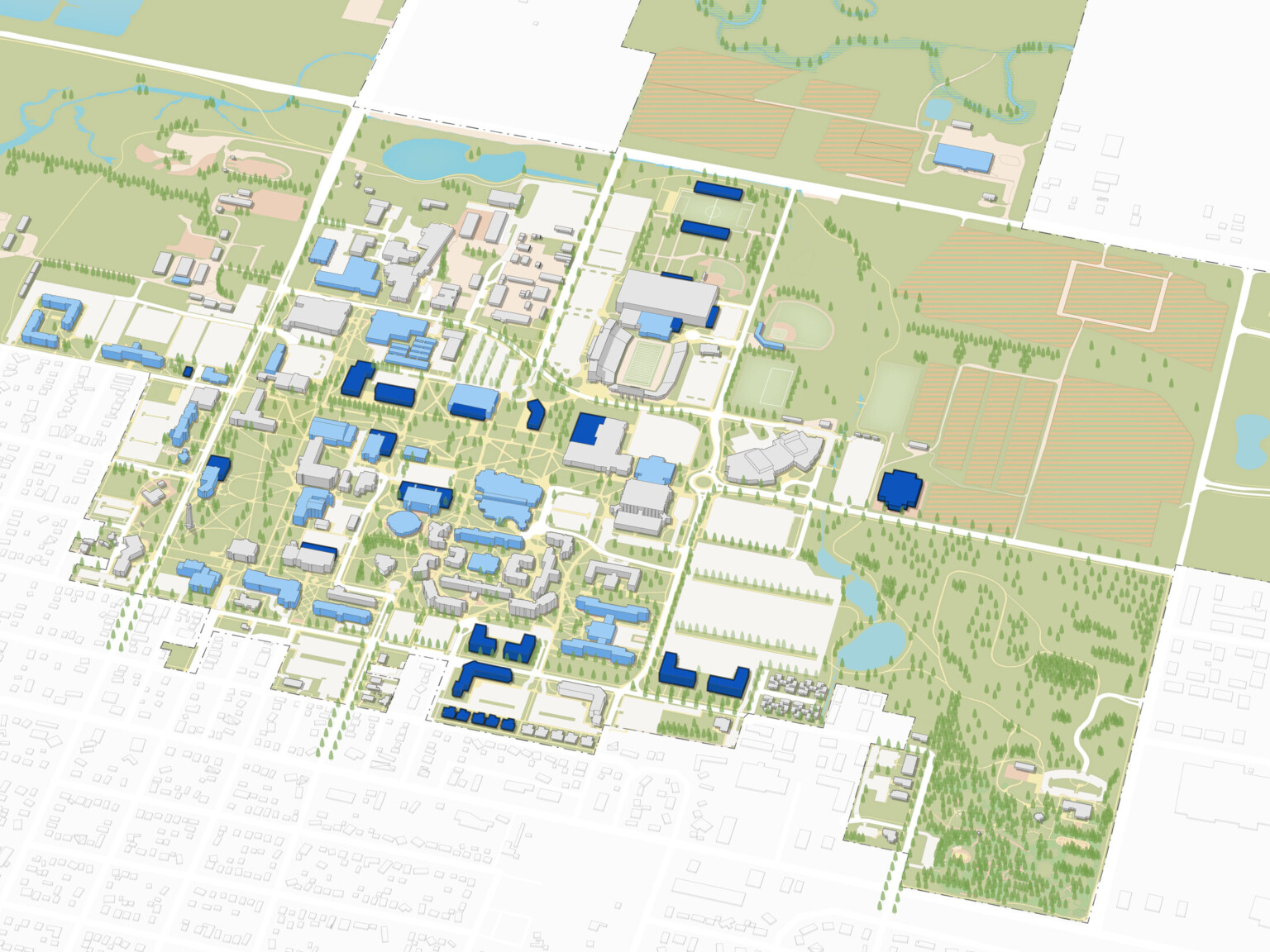
Emerging Professionals as a Priority

The American Institute of Architects defines an emerging professional as “students, interns, and young professionals licensed for less than 10 years.” DLR Group uses the term EP to reference the interns and new graduates who have recently joined the firm.
EPs have daily work responsibilities that may not provide opportunities to see or participate in other parts of the design process, disciplines, or business units within the firm. The EPX Foundations program is hosted for 10 weeks over the summer and includes weekly guest lecturers and recommended activities to encourage learning and professional growth. DLR Group shared more about the program with Amaya Labrador, AIA, LEED AP BD+C, a Houston-based healthcare project architect who currently serves on the AIA’s Emerging Professionals Committee and as Young Architects Regional Director for Texas.
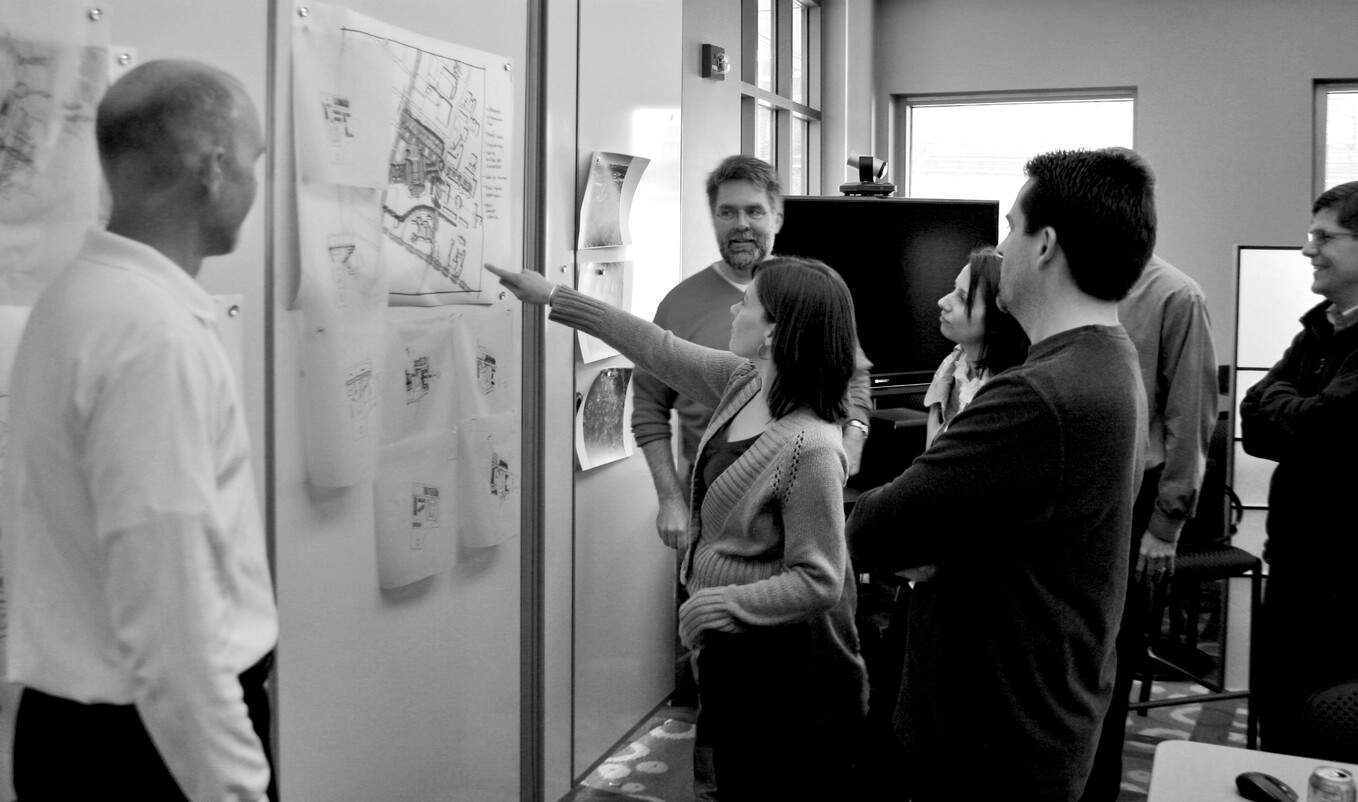
AL: While DLR Group is not the only firm to have a structured program, they’re certainly not ubiquitous across the industry. Why/when/what were the driving forces that motivated the firm’s leadership to formalize the program?
DLR Group: We recognize that investing in the next generation of AEC professionals is necessary for the success of our firm and the industry. When COVID-19 created new working models, we placed greater emphasis on our internship program and the hiring of new graduates. The firm sees the value in investing in the future of our profession and the firm, and that’s why 72 EPs joined us in summer 2020 even though it was a challenging time for our economy and our profession.
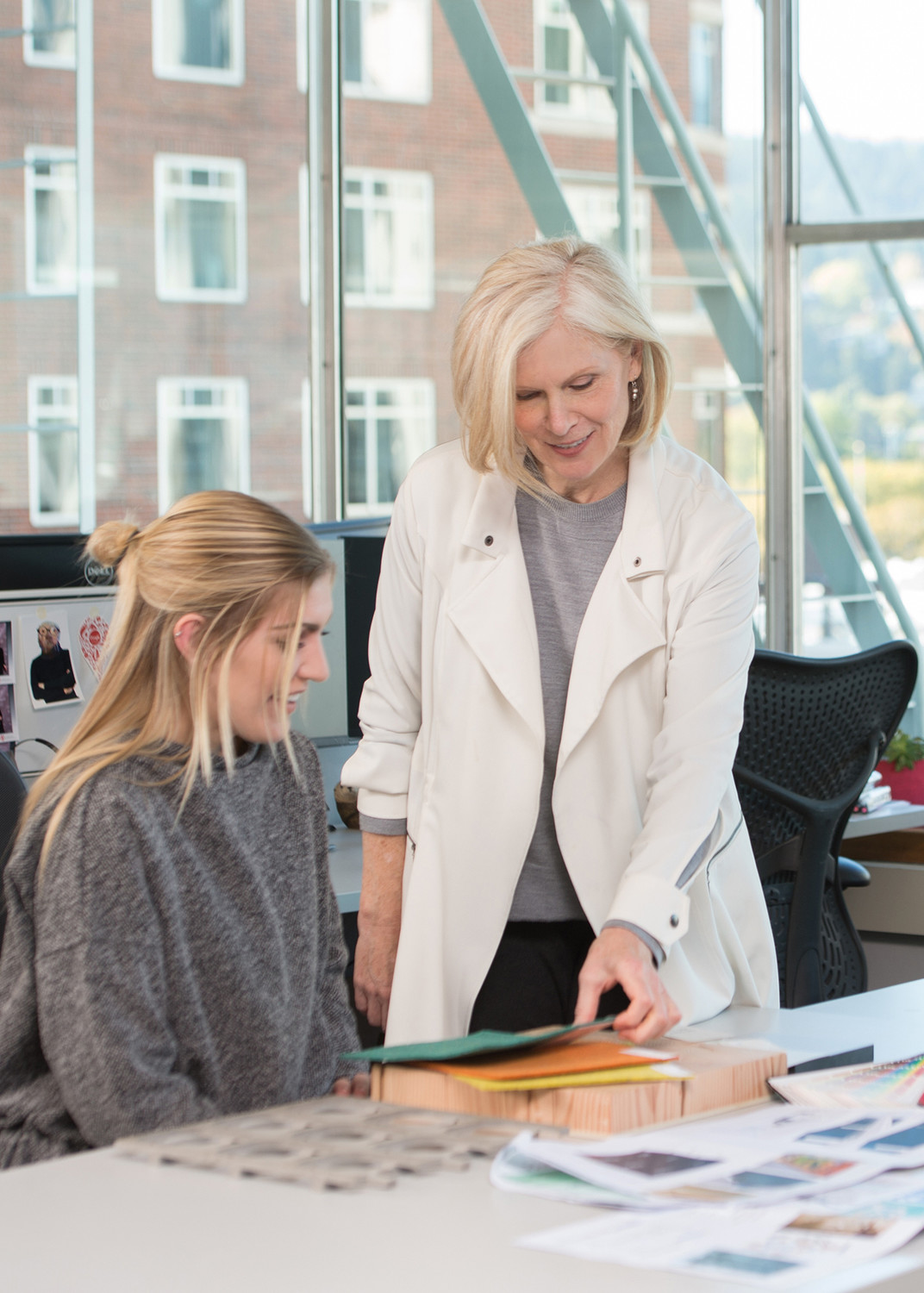
AL: Why is it important to have this program?
DLR Group: By being intentional with the time it has with interns, DLR Group is offering many individuals opportunities for growth and dual learning. This program is an opportunity for interns and new grads to get a perspective on the holistic nature of architecture and of the potential for experiences and growth at DLR Group. The goal is to provide a strong foundation for emerging professionals to build their professional careers. EPX provides a comprehensive overview of DLR Group, as well as the architecture, engineering, and construction industry and how to navigate it and advocate for career wellbeing. Professionals also encourage the nurturing of EPs’ networks through strengthening the understanding of different roles within the firm, and the mentorship that occurs through this experience may have positive downstream benefits on participants’ careers. EPX is composed of three major components: mentorship, work, and foundations. When someone is new to their career, additional layers are crucial to successful learning.
- Work: Interns and new grads are primarily hired to work with our project teams and are learning while they work with us.
- Mentorship: Interns and new grads are paired with a manager and buddy, as well as introduced to other mentors during their time at the firm.
- Foundations: The Foundations Program is inspired by learning in a college course, without attendance, grades, or homework. The program meets weekly and suggests activities to stay engaged during new employment at DLR Group.
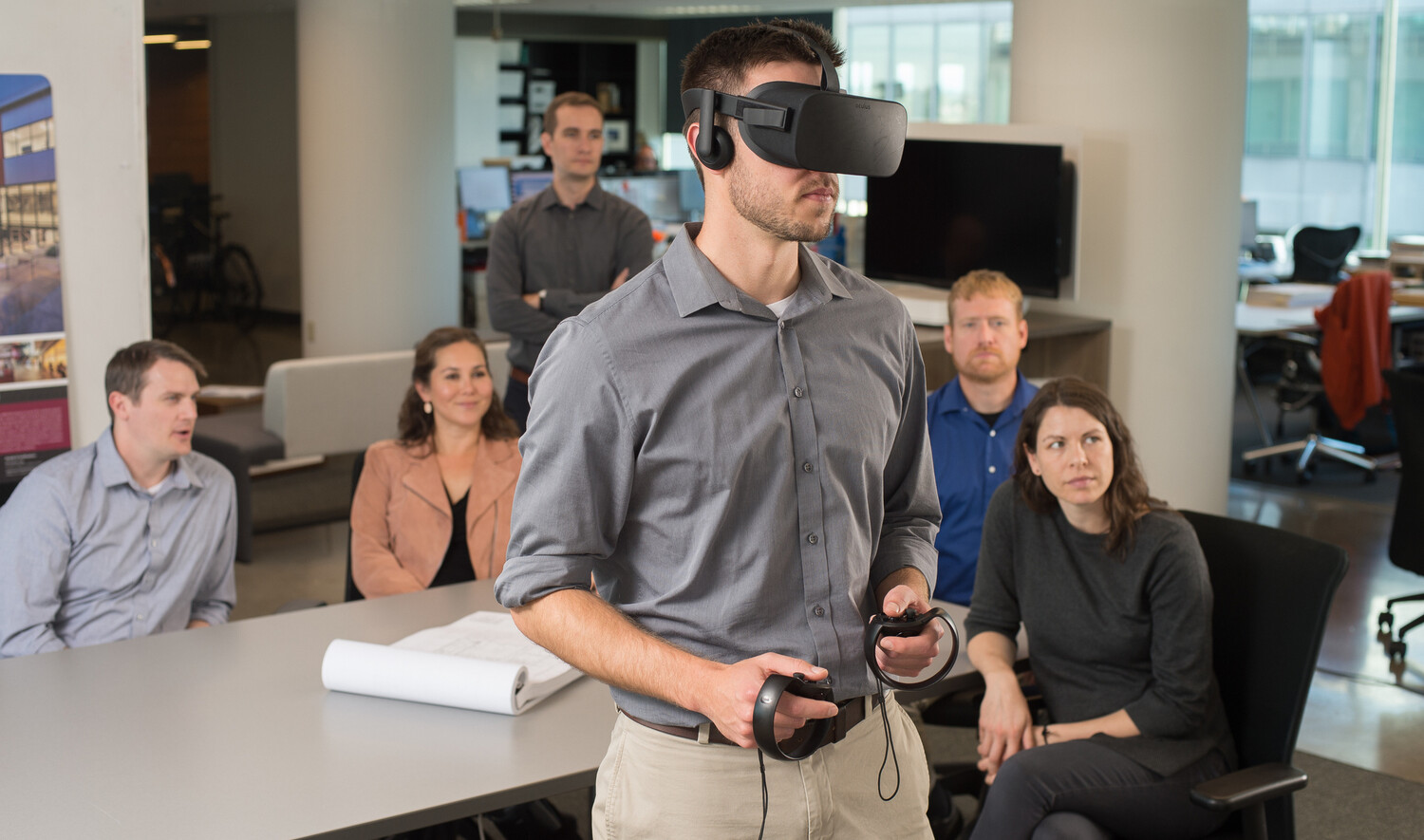
AL: The program umbrella encompasses both student interns and emerging professionals (which is defined as up to ten years after licensure). How does DLR Group design a program and provide resources that cater to the needs of such a diverse group?
DLR Group: When re-thinking the program, we had a rigorous discussion about the umbrella term. There were conversations about how new graduates, who are in a fundamentally different employment situation than interns, could also benefit by participating. When speaking with new grads, former interns who are now new grads, and interns, they reinforced that early in a career is a time of tremendous growth and learning, and that creating opportunities that cater to this larger cohort could benefit all. At DLR Group, EPs are typically interns or employee-owners who have graduated within the last one to three years. Many of the ‘buddies’ who support interns and new grads are also within 10 years of licensure and are welcome to participate and engage in the program.

AL: The transition between “architect” and “manager” is challenging for some in the profession. What would be your advice to those currently making that transition?
DLR Group: It’s important to remember that being an architect has many unique facets – from design and construction to guiding a project through phases and working with clients. The lessons learned in working with others and of guiding a process can be directly applied in management. We recommend to others to learn as much as you can from those in a similar position by asking to be mentored, reading management books, listening to podcasts, and using resources. Also, look at what resources your firm already has – for example, we have an extensive educational series for project managers. There is a lot of learning that occurs as the transition from architect to manager happens, and choosing to be proactive about learning and growth will help facilitate success.
This article originally appeared in the 2021 Q2 issue of Connection, the architecture and design journal of the Young Architects Forum.

